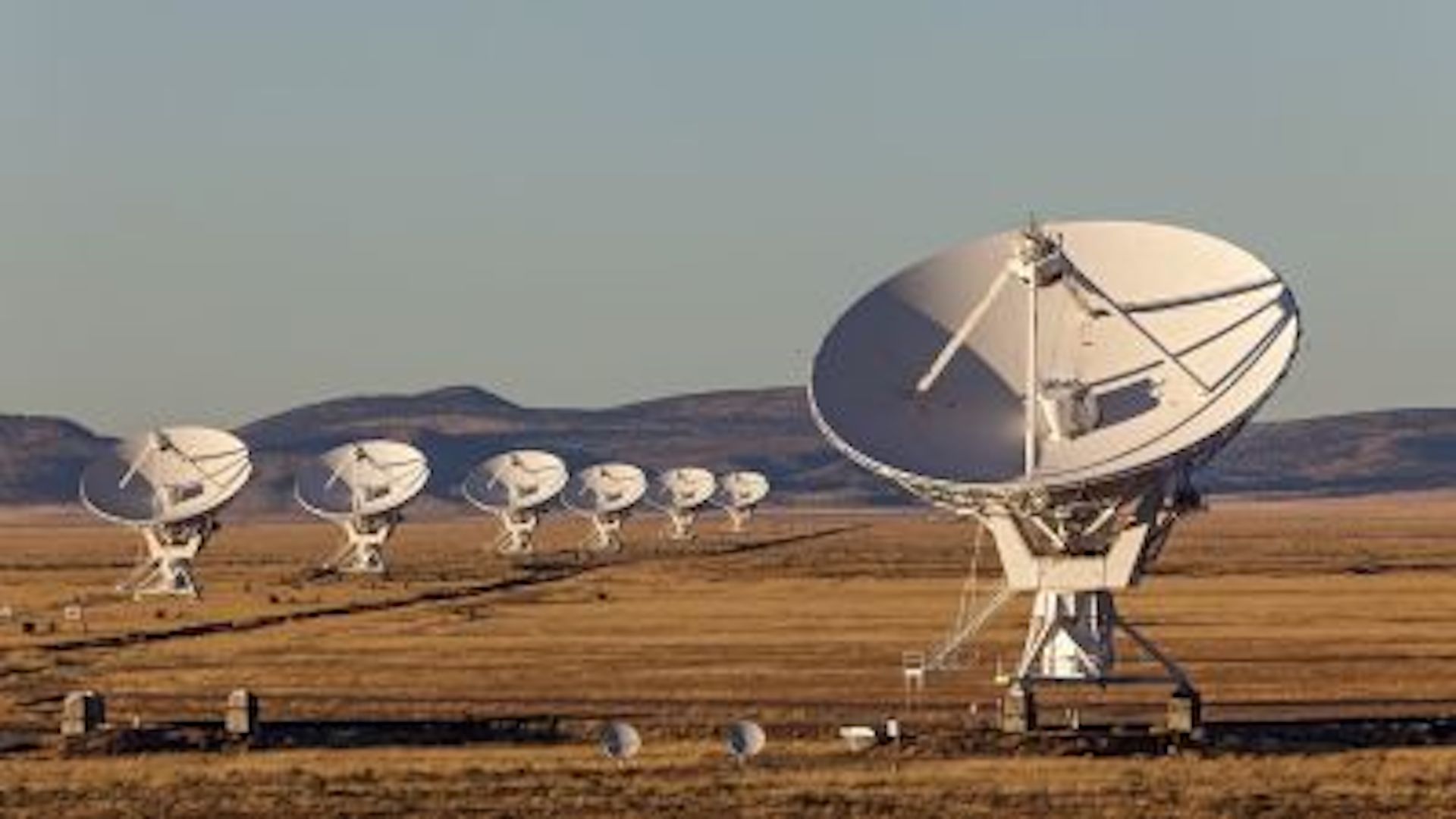Elusive Planet Nine could be surrounded by hot moons, and that's how we'd find it
The mysterious Planet Nine may have up to 20 moons that could be superheated by the hypothetical planet's gravitational pull, making them easy to spot.
The elusive "Planet Nine," which may or may not lurk in the outer reaches of the solar system, could be surrounded by a small swarm of potential moons, a new study reveals. What's more, these moons could be the key to finding the missing planet.
Planet Nine, if it exists, lurks beyond the orbit of Neptune in an icy region known as the Kuiper Belt.
Scientists first proposed the existence of Planet Nine in a 2016 study in The Astronomical Journal. They used the hypothetical planet as a possible explanation for the unusual orbits of several extreme trans-Neptunian objects (ETNOs) — asteroids, comets, moons or dwarf planets that are beyond 30 astronomical units from the sun. (One astronomical unit is the distance between Earth and the sun.)
Researchers think the trajectory of these ETNOs can be best explained by the gravitational force of an undiscovered mass. Based on these orbits, Planet Nine is likely between five and 10 times larger than Earth and orbits the sun from around 250 times farther away than our planet does. There have even been suggestions that the elusive object could be a mini black hole.
Related: Does Planet Nine really exist?
So far, scientists searching in the area haven't found any light signatures from Planet Nine. But that's not surprising; the planet is too far away to be properly illuminated by the sun, so the only way to spot it would be if it eclipsed a distant light source, such as a galaxy or star within the Milky Way.
In a new paper, submitted to The Astrophysical Journal and uploaded to the preprint database arXiv, a researcher has proposed that the key to finding Planet Nine could be its satellite bodies. Man Ho Chan, an astronomer at The Education University of Hong Kong, used estimations of the size and gravity of Planet Nine, combined with the number of potential ETNOs close enough to be pulled into a permanent orbit around the dark planet, to estimate Planet Nine's potential moons. Chan found that up to 20 satellites could orbit the proposed planet, each of which could measure up to around 62 miles (100 kilometers) across.
Breaking space news, the latest updates on rocket launches, skywatching events and more!
But how does this help scientists find it? After all, the tiny moons would be even harder to spot than the planet itself.
The answer is a weird gravitational effect known as tidal heating, which is when the gravitational energy exerted by one body dissipates as heat in either, or both, the surface ocean or interior of a planet or satellite.
This phenomenon occurs on Jupiter's moon Io, the most volcanically active object in the solar system. Io's extremely molten core forms thanks to intense tidal heating that is fueled by a gravitational tug-of-war between itself, Jupiter and other Jovian moons, according to NASA.
Tidal heating could raise the temperature of any Planet Nine satellite to around minus 280 degrees Fahrenheit (minus 173 degrees Celsius). This may not sound very warm, but the average temperature of empty space is minus 455 F (minus 271 C), according to Live Science's sister site Space.com.
If any of Planet Nine satellites do get this hot, then they are likely to give off a faint radio signal that could be detected by telescopes that have been fine-tuned to search for them, Chan wrote in the paper.
"This provides a new indirect way for examining the Planet Nine hypothesis and revealing the basic properties of Planet Nine," he added.
Originally published on LiveScience.com.

Harry is a U.K.-based staff writer at Live Science. He studied Marine Biology at the University of Exeter (Penryn campus) and after graduating started his own blog site "Marine Madness," which he continues to run with other ocean enthusiasts. He is also interested in evolution, climate change, robots, space exploration, environmental conservation and anything that's been fossilized. When not at work he can be found watching sci-fi films, playing old Pokemon games or running (probably slower than he'd like).



